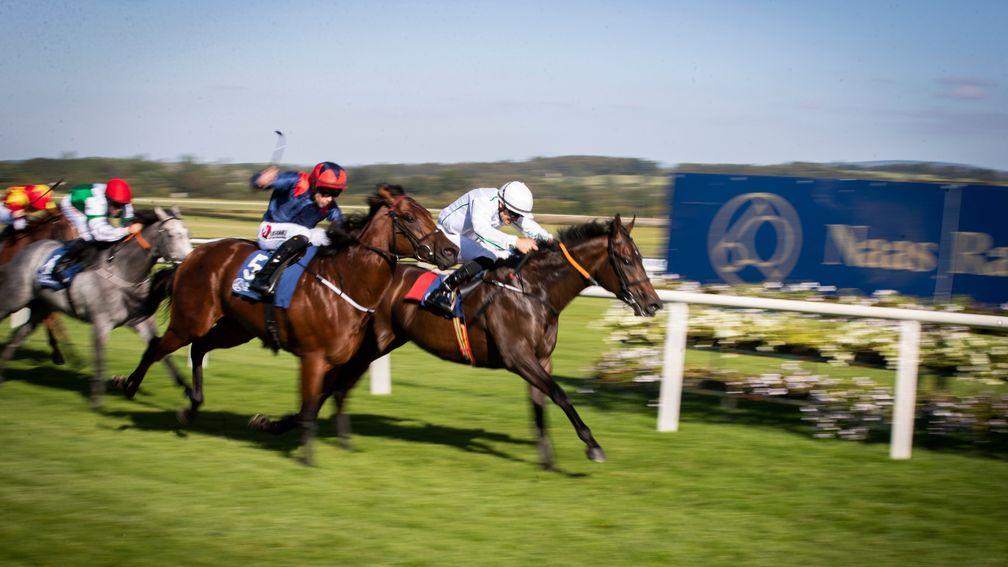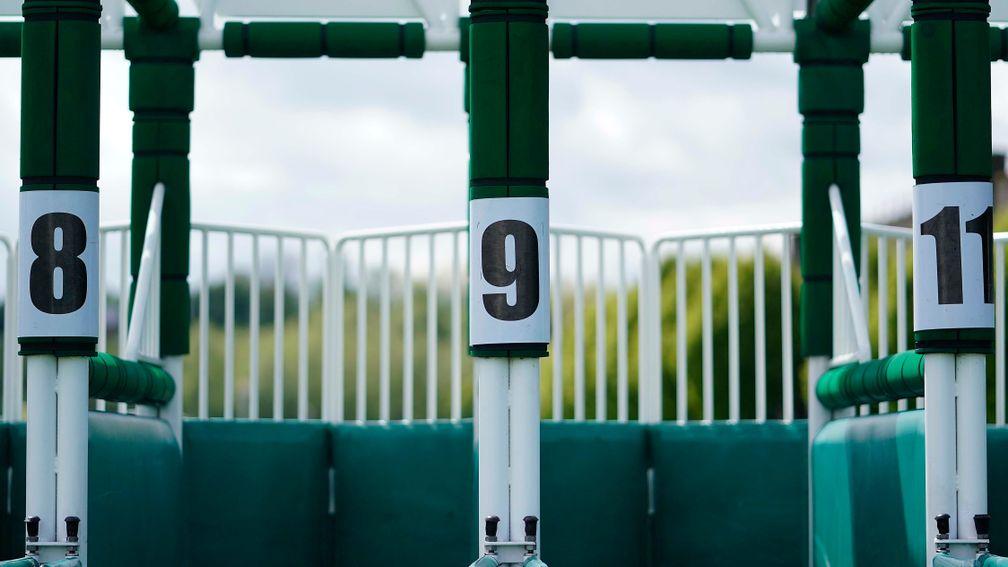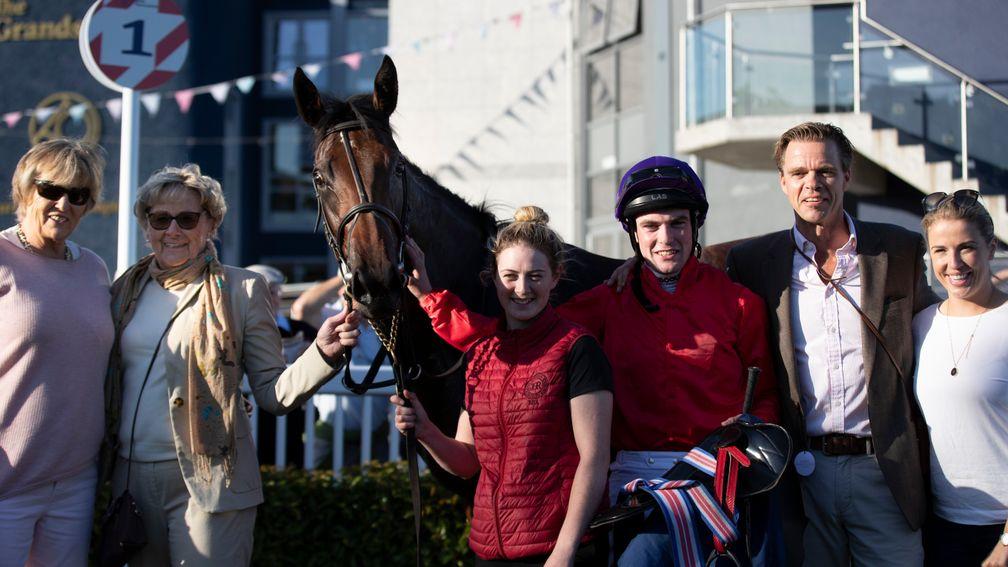Barrier trial runners win at Naas but unraced juvenile sales still the prioritiy

The growing influence of barrier trials has become a major talking point following the success of two graduates – including one who was the subject of a major plunge – at Naas’s juvenile-only card on Wednesday.
The first two horses home in two maidens on the Naas card had competed in the educational ‘races’ at the same track this month, but as they are not under rules the ‘results’ do not appear in the form book. The well-backed runners, one of whom, Eloy D’Amerval, was backed into 11-2 from 66-1 the previous evening, highlight the strength of the relatively new concept on Irish shores.
Barrier trials, commonplace in Australia, New Zealand and Hong Kong, are similar in nature to schooling bumpers. The results of the trials, run by Irish Thoroughbred Marketing, are freely available on its website, where times and high-definition videos can also be accessed.
Organisers reiterated yesterday that the initiative’s key purpose is to sell unraced horses to Asia.
As is the practice overseas, weights are not recorded or published for the events. In June barrier trials produced Group 3 winner Roman Turbo as well as four other individual winners.
ITM international representative Jeremy Greene believes that by holding barrier trials Irish racing can bridge an important gap in the global market.
He said: “Hong Kong, the most lucrative market in the world bar none, takes in approximately 300 unraced horses per year and in Ireland we have never adequately catered for that demand before, leaving it entirely open to Australia and New Zealand.”
Three horses have been sold unraced to Hong Kong since the initiative began at Dundalk in May 2018.
Further barrier trial runners have been sold to the US and Britain after winning maidens, with Jessica Harrington tweeting the trials are a “brilliant addition to Irish racing”.

“They can make horses sharper for their debuts,” Greene said. “Ideally, I’d like them to be sold unraced to Hong Kong but it takes a while for this process to build and it seems to be gaining momentum now, which is encouraging.
“We’ve found two-year-olds, particularly fillies, have benefited from the experience of the trial, go well on debut and can be sold to the States after that. I think three or four have gone to America since.”
He added of the success stories from this season’s batches: “It helps build their credibility now and people can look at them and see them as reliable sources for decent unraced two-year-olds.”
Gerry Keane saddled Eloy D’Amerval to make a winning debut under rules on Wednesday and acknowledged the importance of the barrier trial in the promising juvenile’s success.
“It’ll definitely be a help to have barrier trials going forward,” he said. “If we hadn’t had the barrier trial for our horse he probably wouldn’t have won on Wednesday.”
Keane added: “We had a few calls about him after the barrier trial and probably could have sold him before we let him take his chance in a maiden. I’d say he’ll be sold now.”

The Michael O’Callaghan-trained Johan Zoffani, runner-up to Eloy D’Amerval, also competed in a barrier trial and was supported into 6-1 (from 14), as did Harrington’s 7f maiden winner Valeria Messalina (supported into 9-1 from 33) and runner-up Now The King, also trained by O’Callaghan.
Asked about the potential for barrier trial data to be included in form profiles, Greene said: “You’d need to link the systems somehow, which is a different conversation, but I don’t think it would impact us to have the information included in form profiles like they do in Australia and New Zealand, I’m pretty neutral about that.
“The information has been in the common domain now for roughly the last 18 months – about 130 horses have gone through the system, so it’s not new.”
Members can read the latest exclusive interviews, news analysis and comment available from 6pm daily on racingpost.com
Published on 19 September 2019inNews
Last updated 20:54, 19 September 2019
- 'It's a dream come true' - 18-year-old to follow in Khadijah Mellah's footsteps with ride in the Magnolia Cup
- Merci Olivier! No final winner for Olivier Peslier but the world of racing unites in saluting the end of a great career
- The latest edition of the Racing Post is available to read online now - here's how you can access it
- How Smart View recorded a 76 per cent profit at the Cheltenham Festival
- Smart View is available on the Racing Post app - how to read the revolutionary new racecard
- 'It's a dream come true' - 18-year-old to follow in Khadijah Mellah's footsteps with ride in the Magnolia Cup
- Merci Olivier! No final winner for Olivier Peslier but the world of racing unites in saluting the end of a great career
- The latest edition of the Racing Post is available to read online now - here's how you can access it
- How Smart View recorded a 76 per cent profit at the Cheltenham Festival
- Smart View is available on the Racing Post app - how to read the revolutionary new racecard